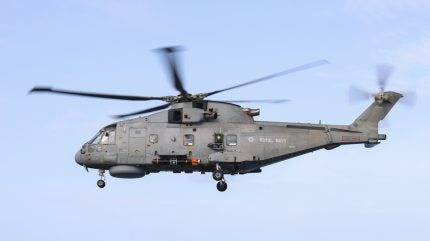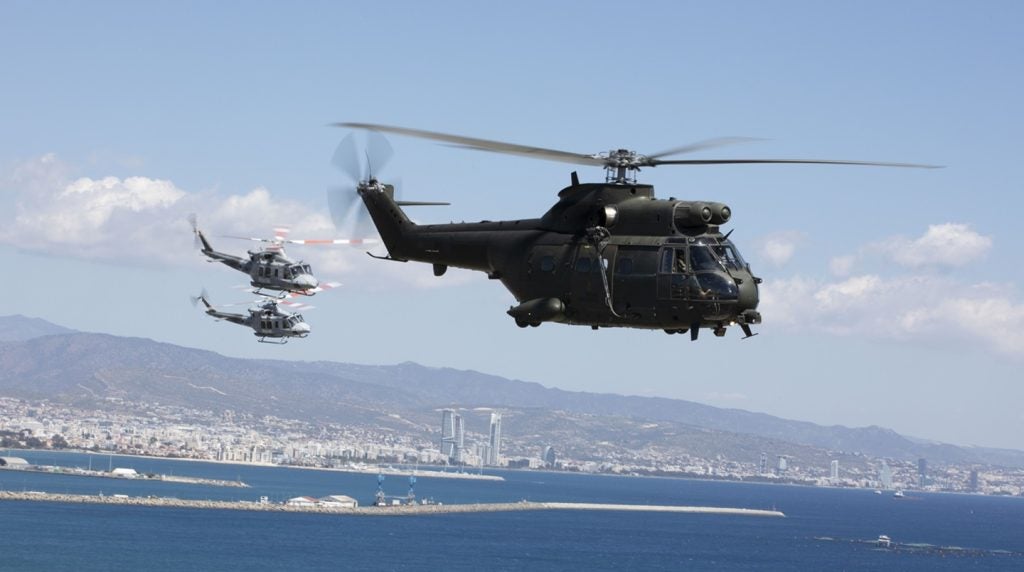
The planned business case for the Royal Navy’s Merlin AW101 Merlin helicopters service life extension programme is expected to be submitted in 2027, just two years before its currently planned out-of-service date of 2029.
Detailed in a 27 March UK parliamentary written response, the UK Defence Procurement Minister Maria Eagle stated the Royal Navy’s Merlin helicopter Out-of-Service Date Extension Programme, intended to retain the platform from 2019-30 until 2040, was underway through “standard” Ministry of Defence (MoD) processes.

Discover B2B Marketing That Performs
Combine business intelligence and editorial excellence to reach engaged professionals across 36 leading media platforms.
“The Outline Business Case was approved in October 2023. A Review Note was approved in December 2024. Departmental spend control approvals are currently considering whether to commit expenditure for this programme in 2025-26,” Eagle stated.
Continuing, Eagle confirmed that the forecast for a Full Business Case submissions would be in “early 2027”.
Entering service in 2000, the Merlin is currently available in two distinct types: the Mk 2 anti-submarine warfare platform, and the Mk4 Royal Marine Commando variants.
The Mk2 also hosts the Crowsnest airborne early warning system, a critical part of the Royal Navy’s carrier strike group operations. However, Crowsnest is due to be retired by the end of the decade.

US Tariffs are shifting - will you react or anticipate?
Don’t let policy changes catch you off guard. Stay proactive with real-time data and expert analysis.
By GlobalDataRAF’s Puma HC2 fleet leaves service
Meanwhile, the Royal Air Force (RAF) recently retired the last of its 17 remaining Puma HC2 multirole helicopters, after the fleet was unceremoniously axed as part of wholesale cuts to defence by the UK government in 2024.
In a social media post on 31 March, the UK’s Defence Equipment & Support said the Puma had been active for 54 years, including in Afghanistan from 2015-2021, before leaving service in late-March.
The HC2 fleet also provided airlift, search and rescue (SAR), and other capabilities to UK forces based in Brunei and Cyprus.

With their retirement, UK forces in Brunei and Cyprus are absent an RAF-operated rotary SAR capability, until the new fleet of Airbus H145s come online in 2026.
According to the RAF, the Puma HC2 is capable of carrying 16 passengers, 12 fully equipped troops or up to two tonnes of freight, the latter moved as internal cargo or underslung, or a mix of the two. It can also be fitted with up to six stretchers for operations in the casualty evacuation or medical emergency response team role.
Primarily used as in civil aviation, Airbus’ H145 is a considerably smaller aircraft, able to accommodate up to ten passengers, or up to two stretchers and three medical crew for emergency medical services missions.
By the same ratio of civilian passengers to military personnel, the H145 could embark around six fully equipped troops.



